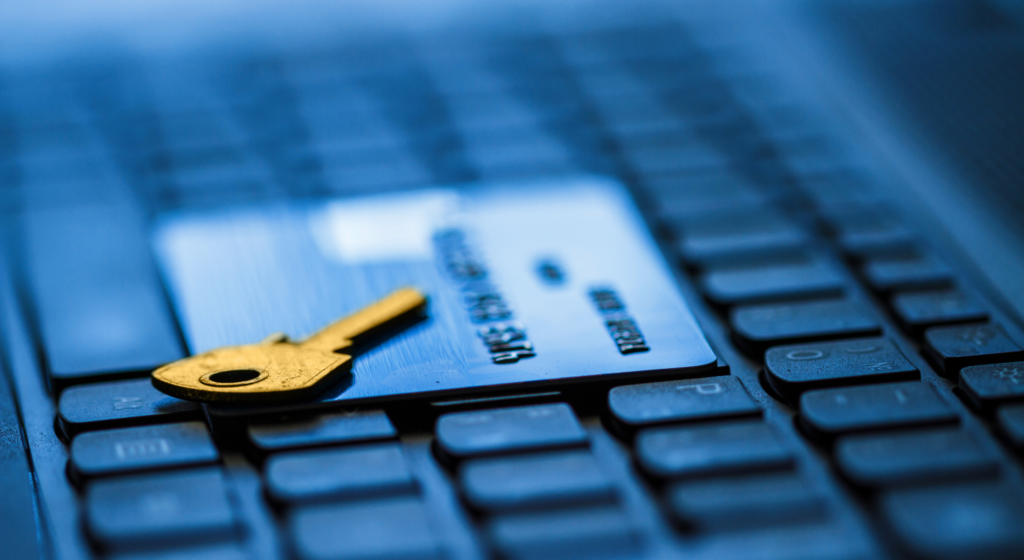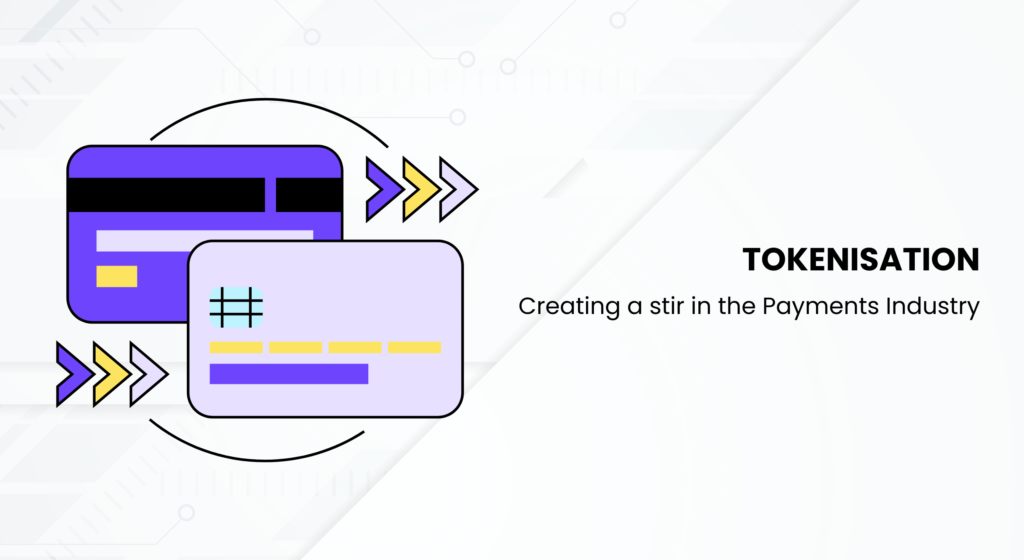Enhancing Security and Transparency: A Comprehensive Guide to Issuer-Led Tokenisation

Home / Blogs Table of contents Introduction Understanding Issuer-Led Tokenisation Process of Issuer-Led Tokenisation Significance of Issuer-Led Tokenisation Issuer-led Vs Acquirer-led tokenisation Conclusion In today’s digital era, the security of financial transactions is of utmost importance. With the rising prevalence of cyber threats and data breaches, it’s crucial for financial institutions to adopt robust […]
Unveiling the Potential of Credit Cards on UPI: Redefining Convenience and Reach

Home / Blogs Table of contents Introduction How Credit Cards and UPI Work Together The Impact: Making Payments Accessible to All How Credit Cards on UPI are Changing the Game Focus on User Experience Conclusion In the fast-changing world of digital payments, a novel payment method – Credit Card on UPI (Unified Payments […]
PCI DSS: The standard for card security

Buoyed by the festival season euphoria, credit card transactions for the first time crossed INR 1 Lakh Crore in October 2021 and debit card transactions were upwards of INR 7.5 Lakh Crore during the same period. With such exponential growth in cashless payments, information security and privacy of cardholder data is of utmost importance. Ever […]
Tokenisation: Creating a stir in the Payments Industry

Home / Blogs Table of contents Introduction What is Tokenisation How does it work Tokenisation Vs Encryption In today’s world, increasing online frauds and cyberattacks are causing security and trust issues among the general public in the adoption of digital payments, and these data security issues have become a major concern for online service providers. […]
NFC: What is it?

Ever wondered what happens in the background when you say my card has a“Tap & Pay” feature? It’s because of a technology called NFC or Near Field Communication. NFC or Near Field Communication is a contactless communication technology based on a radio frequency (RF) field using a base frequency of 13.56 MHz NFC technology […]



